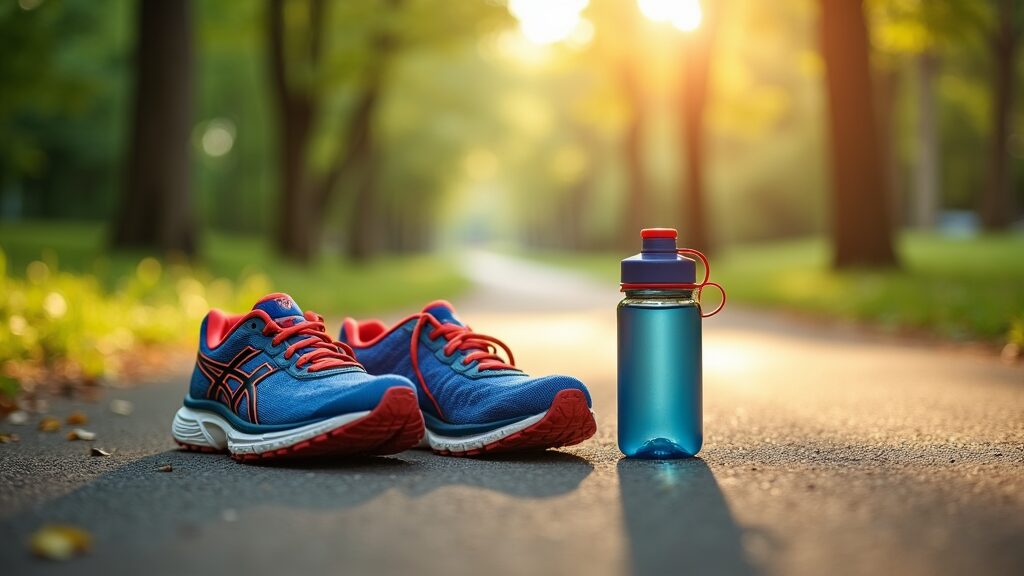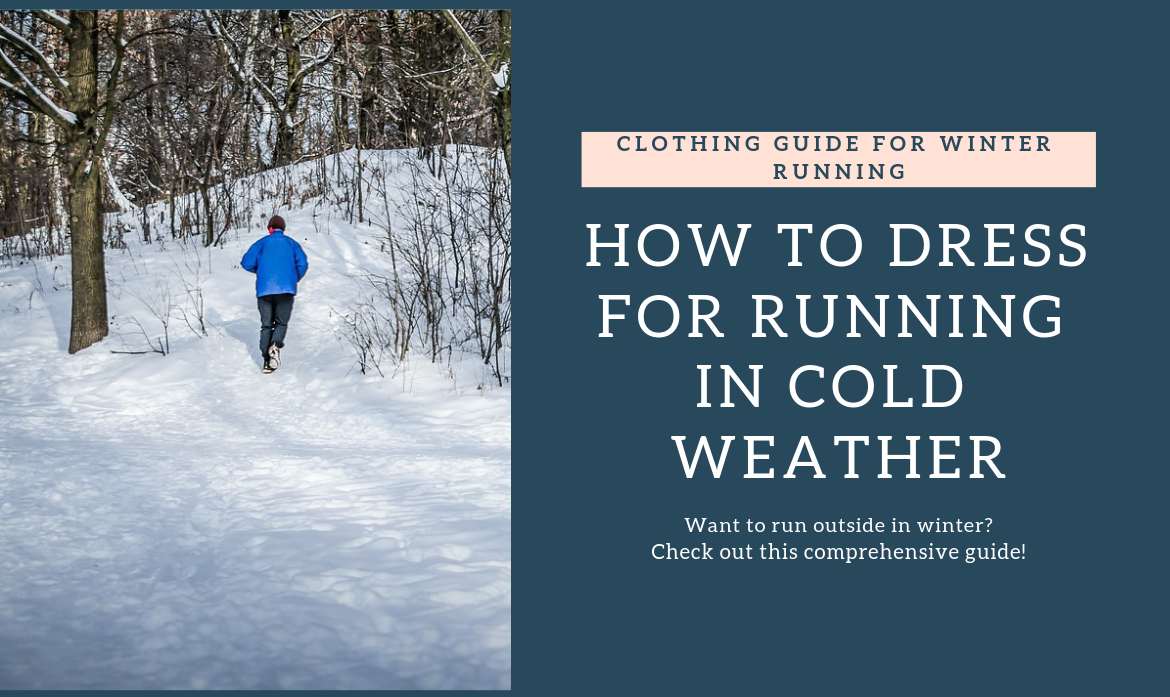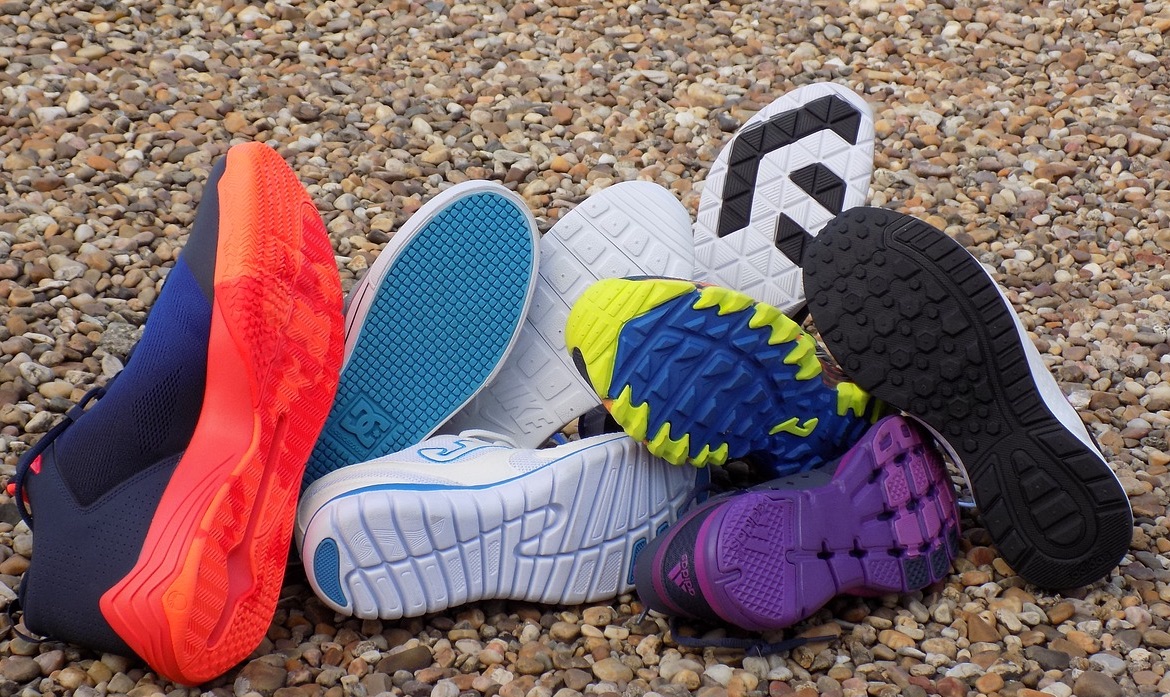Note: This article contains affiliate products. We earn a commission if you make a purchase, at no additional cost to you.
If you’re thinking about getting into running, you’re not alone. Running is one of the most beginner friendly workouts out there, and it’s a great way to boost your mood, improve your health, and clear your head. All you need is a good pair of shoes and the right mindset to get moving.
As someone who’s made all the rookie mistakes (and felt every muscle ache along the way), I know how daunting those first few steps can feel. Maybe you’ve tried running before and gave up, or maybe you’re just not sure where to even start. Either way, this guide is packed with realworld tips to help beginners hit the ground running, literally.
By following these steps, you’ll dodge common pitfalls, pick up some handy running routines, and get recommendations on gear that makes the experience way more enjoyable. Plus, I’ll drop a few fun facts to keep things interesting.
Table of Contents
- Figure Out Why You Want to Run
- Start With Short, Manageable Runs
- Pick the Right Running Gear
- Follow a Beginner Running Plan
- Pros and Cons of Running for Beginners
- Stay Motivated With These Simple Tricks
- Important Safety Tips for New Runners
- Common Questions When Starting Out
- Fun Facts About Running
- Gear Roundup: Amazon Bestsellers for Beginner Runners
- Quick Summary: What to Remember
- Takeaways for Beginner Runners
Figure Out Why You Want to Run
Kicking things off with your “why” can make all the difference. Your motivation anchors you on days when tying those laces feels impossible. Maybe you’re running to boost heart health, to lose weight, to destress, or just to see what you can accomplish. Figuring this out early helps you set goals that mean something to you, not just what everyone else expects.
- Want to get fit? Focus on consistency, not speed.
- Need a new way to clear your mind? Enjoy being present on your runs, leave headphones at home once in a while.
- Training for a race or event? Join a beginner program or running group for support.
Start With Short, Manageable Runs
No one expects you to jog for miles on day one, and it’s actually better if you don’t! The smart way to start running is with a run/walk routine. Mixing running and walking helps build endurance and strength safely, so you’re less likely to burn out or get sidelined by an injury.
Sample Starter Routine
- Warm up: 5minute brisk walk
- Alternate 1 minute running, 2 minutes walking (repeat 58 times)
- Cool down: 510 minute walk and stretching
Try this two to three times per week for a couple of weeks, then slowly add more running and cut back on walking as your body adapts. Over time, you’ll feel your stamina increase and those minutes of running will start to feel much easier.
Pick the Right Running Gear
Having the right gear makes running a lot more comfortable, and honestly, more fun. You don’t need to spend a lot on toptier stuff, but some essentials are worth having:
- Running Shoes: The most important investment. Get properly fitted at a local shop if you can, or try options like the Brooks Ghost 16 (neutral) or ASICS Gel-Kayano (stability) for trusted comfort and support.
- Moisture Wicking Socks: Swapping out cotton for socks like Balega Hidden Comfort helps prevent blisters and soggy feet.
- Comfortable Clothing: Technical tees and breathable shorts, like Nike Dri-FIT tops, keep you dry and make chafing less likely.
- Safety Accessories: If you’re running early in the morning or late at night, a reflective vest or clipon light is really important for visibility.
Extra gear that’s nice to have: a basic fitness watch (Garmin Forerunner 55 is a solid beginner pick), a running belt for your phone and keys, and a water bottle for longer sessions. Consider also a lightweight cap or performance sunglasses for sunny days and a rain jacket if you want to run no matter the weather.
Follow a Beginner Running Plan
Structure keeps you on track and helps you make steady progress. There are lots of beginner running programs (like Couch to 5K) that lay everything out for you. Most cover between 69 weeks and steadily increase your run times until, by the end, you can run 5K (about 3.1 miles) without stopping.
I noticed that following a plan gave me a readymade goal for each workout. It’s way less stressful than just “winging it,” and a plan pushes you gently even on days when you’re not feeling very motivated.
Special Routine: The “RunStrong” WarmUp
Try this super quick routine before each run to wake up your muscles and lower your risk of injury:
- High knees (30 seconds)
- Butt kicks (30 seconds)
- Walking lunges (10 per leg)
- Leg swings (10 per leg, front to back and side to side)
Pros and Cons of Running for Beginners
Pros
- Minimal equipment needed; just good shoes and comfy clothes
- Easy to start at your own pace, almost anywhere
- Supports both mental and physical health
- Can be social or solo, whatever fits your mood
Cons
- Beginner injuries (think sore knees or shins) can pop up if you push too hard
- Weather isn’t always ideal, unless you have a treadmill
- Motivation can drop off after the initial excitement
- Progress can feel slow at first; patience is key
Stay Motivated With These Simple Tricks
- Set realistic, bitesized goals (like, “run for 10 straight minutes”)
- Run with a buddy or listen to a killer playlist or podcast
- Track progress using a free app like Strava or MapMyRun
- Celebrate milestones, even if it’s just running one minute longer
Mixing up your routes can also keep things fresh. Parks, back roads, or easy trails all bring their own fun vibes. Try exploring a new park or path every couple of weeks to see what you enjoy most. Some runners even find new running friends this way!
Important Safety Tips for New Runners
- Always listen to your body. If pain shows up, stop and rest
- Stay hydrated, especially in warmer weather; a hydration belt makes carrying water easy
- Start each run with a proper warmup and finish with gentle stretching
- If running at night, wear something reflective and try to stick with welllit paths
Make sure to apply sunscreen even on cloudy days, as UV rays can still reach your skin. Consider telling someone your planned route and estimated return time if you’re running alone, especially in secluded spots.
Common Questions When Starting Out
“How do I keep from quitting?”
Joining a friendly running group or virtual challenge builds in accountability. It’s also okay if your first few weeks feel tough—consistency goes a long way, and each run gets just a bit easier.
“Do I have to go fast?”
Nope, not at all. Your first goal is to build the habit, not break speed records. Speed and distance come naturally later. If you want to speed up without guessing, try adding short strides (brief, slightly faster runs) once you’ve built some confidence.
“Why do my shins/knees hurt?”
You might be running too fast, doing too much, or wearing the wrong shoes. Check your form and follow a slow, steady buildup plan to avoid injuries like shin splints. If pain lingers, take a few rest days and doublecheck your footwear.
Fun Facts About Running
- Did you know running triggers a real “runner’s high”? It’s those endorphins kicking in, making you feel better, even after a tough session. This natural mood boost is one of running’s best perks!
- The oldest person to finish a marathon was Fauja Singh, who ran his final marathon at age 101! Age is no barrier if you pace yourself and have the right mindset.
- Studies have found that running just 5-10 minutes a day at slow speeds is linked to a longer life span. A little goes a long way for your health.
Gear Roundup: Amazon Bestsellers for Beginner Runners
- Brooks Ghost 16 Running Shoes – super comfortable and beginnerfriendly
- Balega Hidden Comfort Socks – perfect to avoid blisters
- Nike Dri-FIT TShirt – stays dry even on sweaty days
- ASICS GelKayano – great for those needing extra support
- Amphipod Reflective Vest – for safe night running
- Garmin Forerunner 55 – basic fitness watch
Quick Summary: What to Remember
- Start small and go at your own pace. It’s about building a lasting habit, not racking up miles.
- The right shoes and gear help make each run more enjoyable and reduce aches.
- Follow a beginner plan, give your body time to adapt, and don’t skip the warmup or cooldown.
- It’s normal for progress to feel slow at first, but sticking with it pays off. Trust the process and enjoy the improvement over time.
Takeaways for Beginner Runners
- Stay patient, even if it feels hard in the beginning; consistency matters more than speed or distance.
- Swap out old sneakers for supportive running shoes, even if you just jog around the block at first.
- Enjoy the adventure and don’t compare yourself to anyone. There’s no single right way to be a runner, so make it your own.
If you are serious getting into running you may also like this post:



